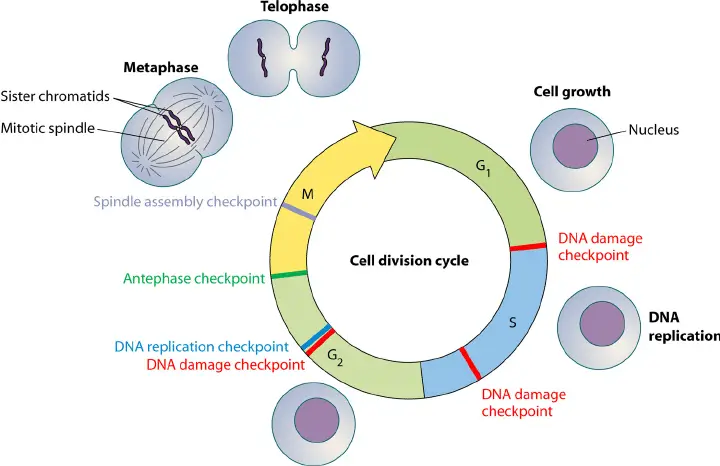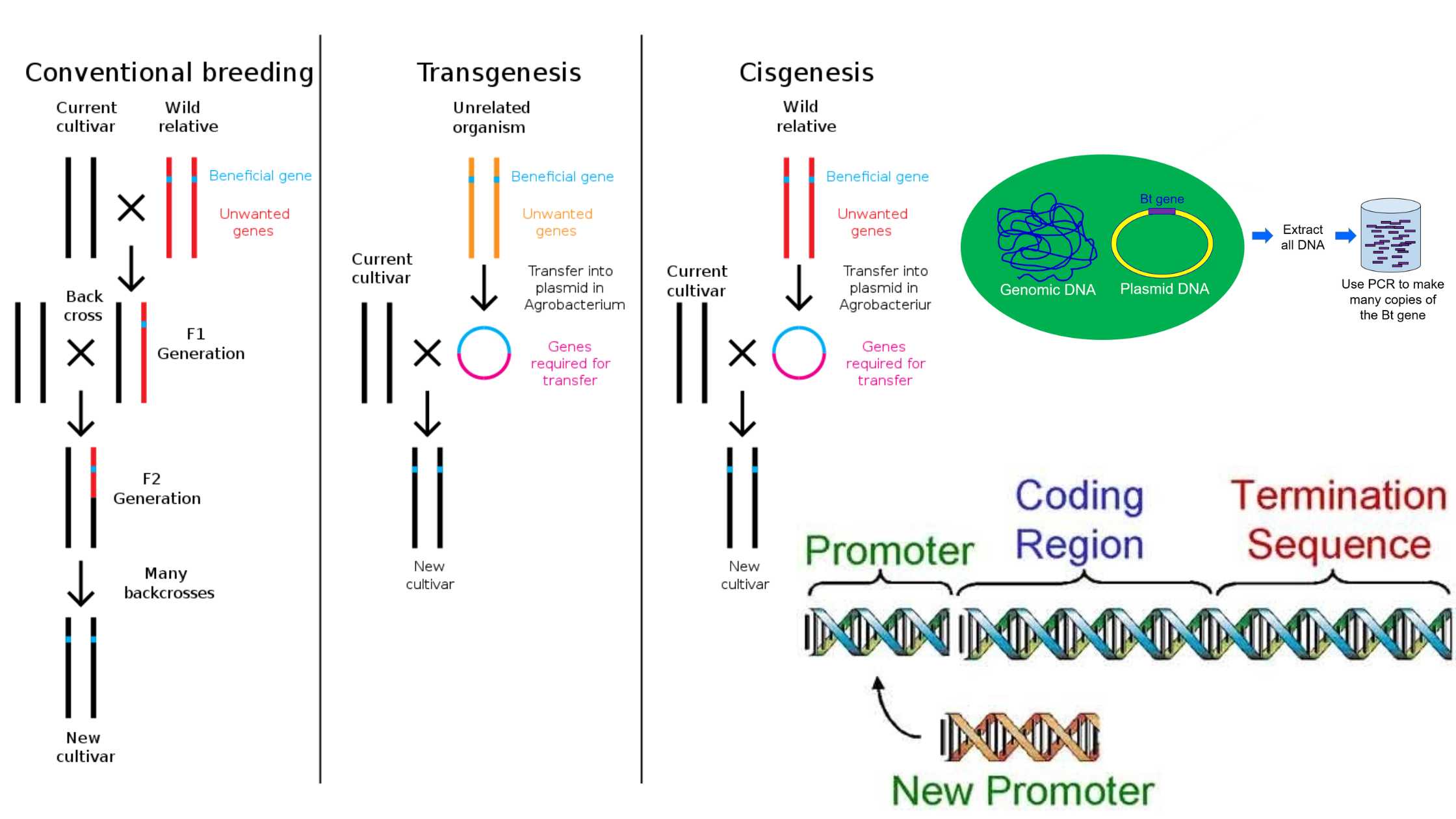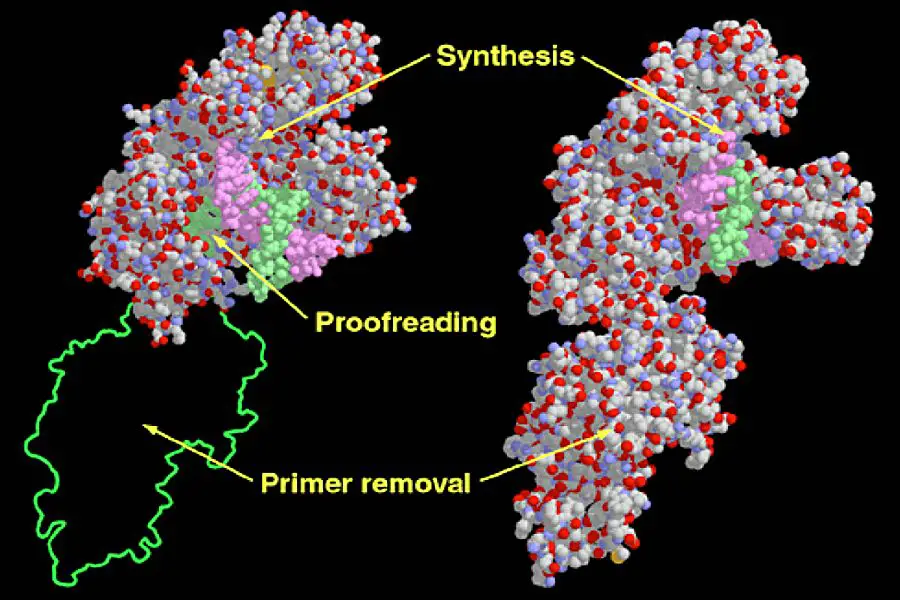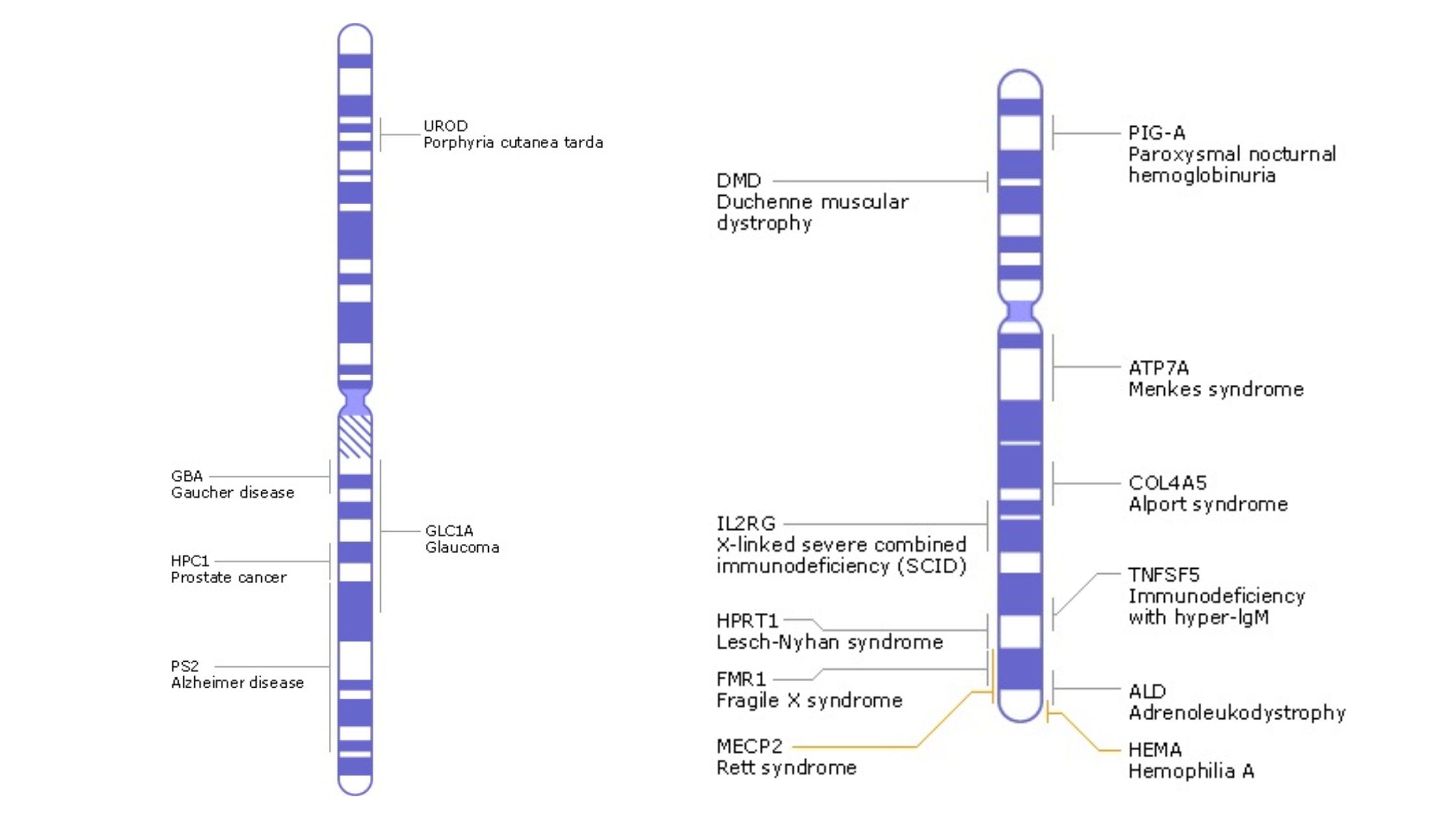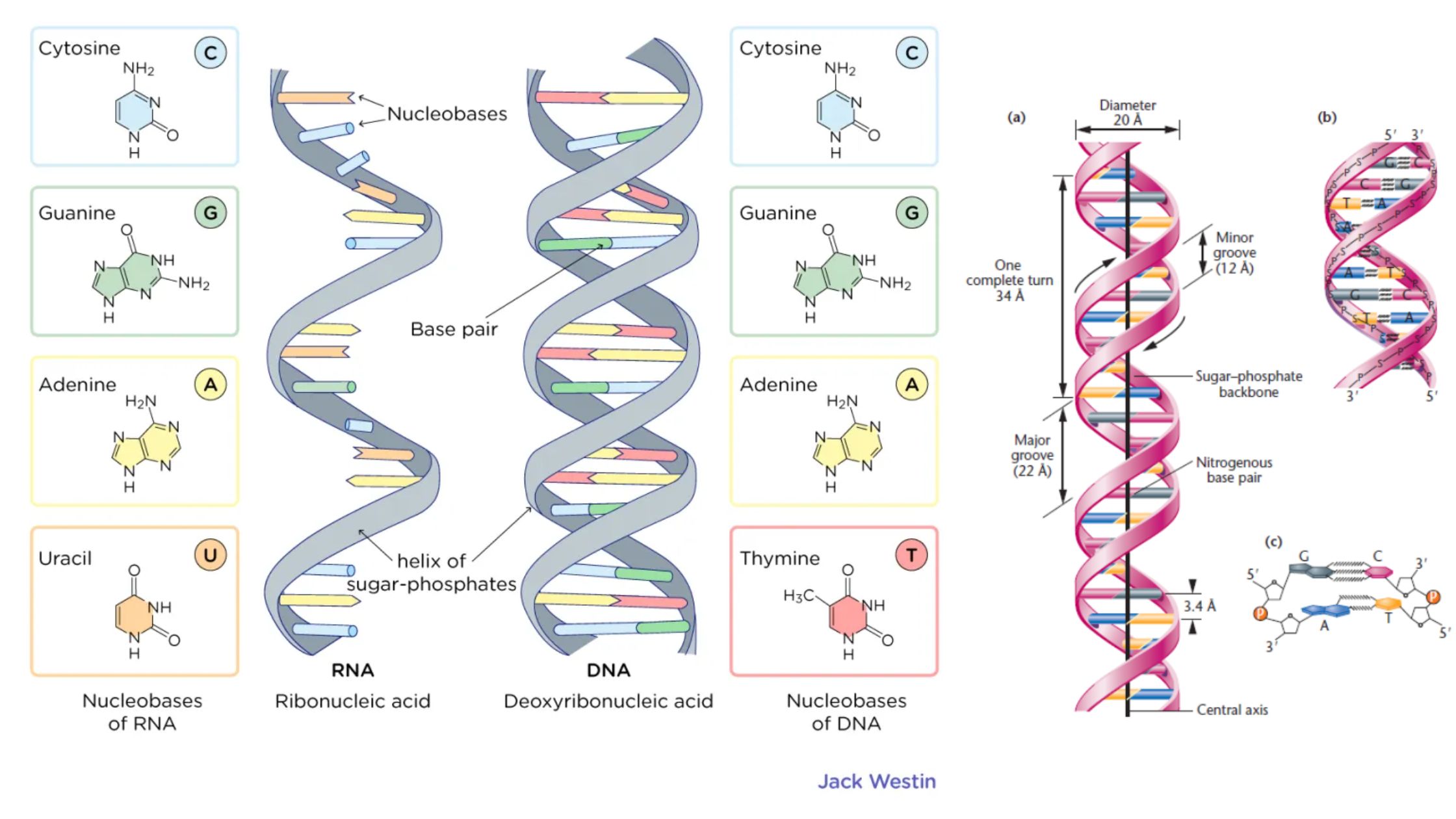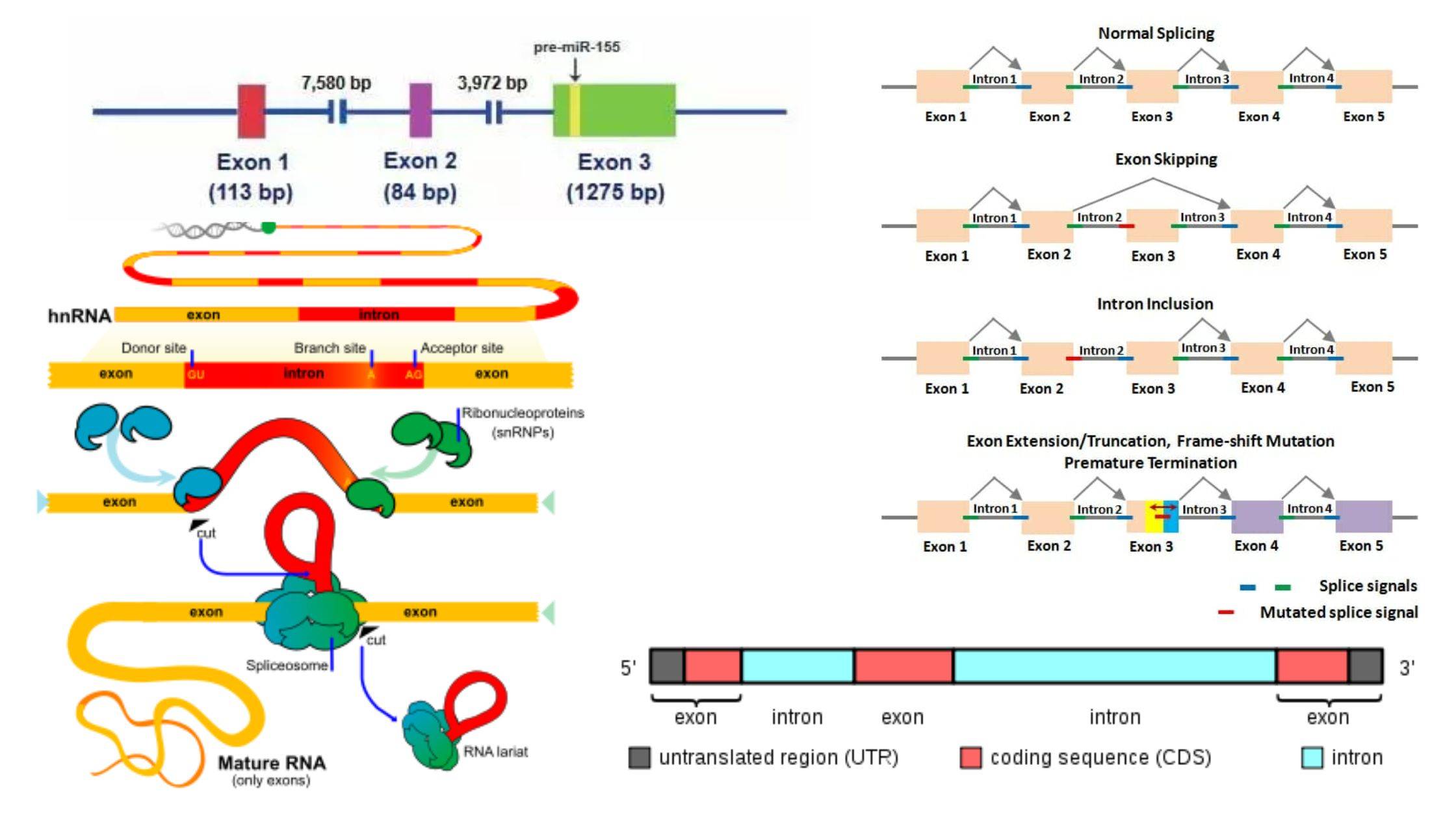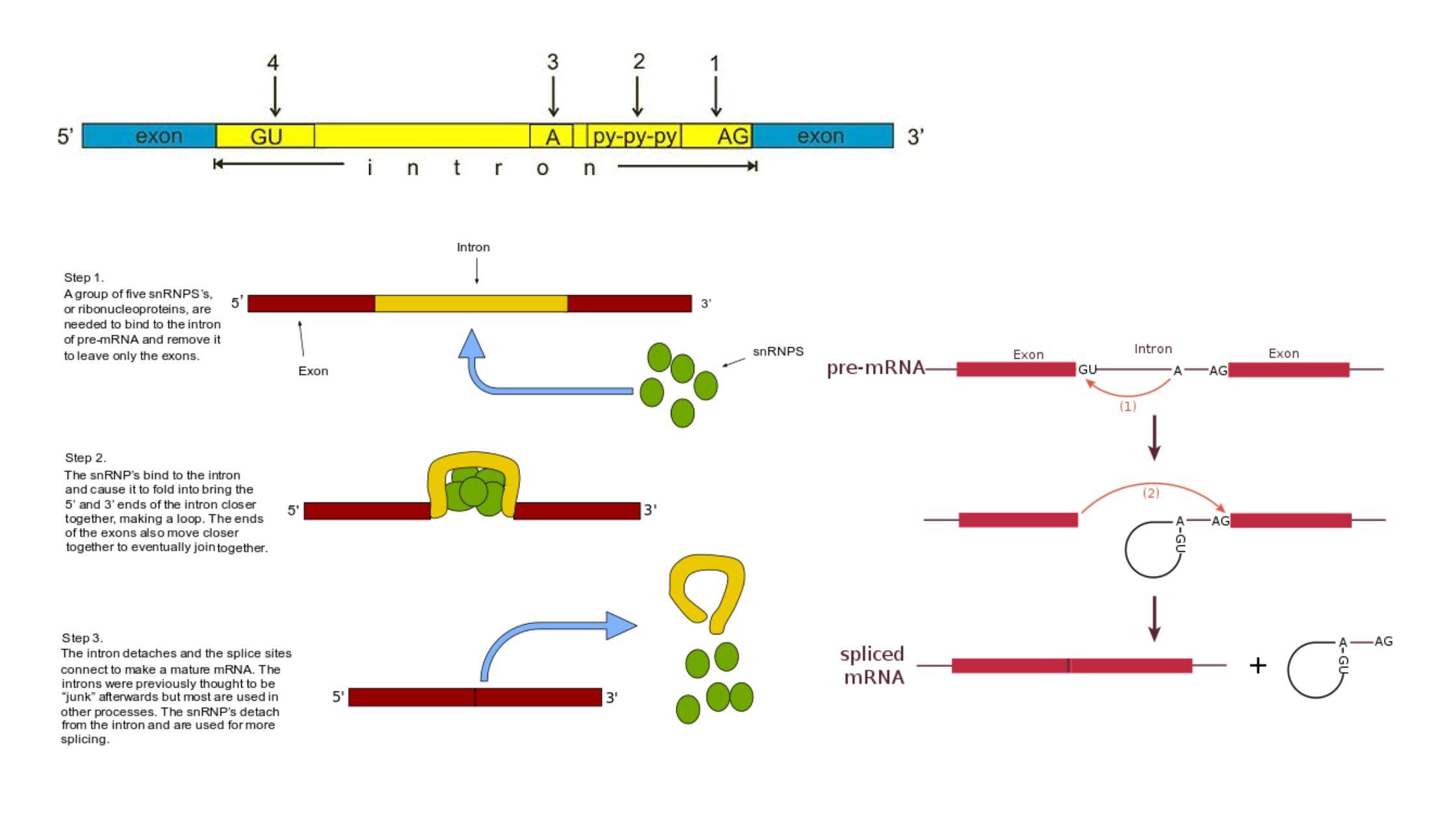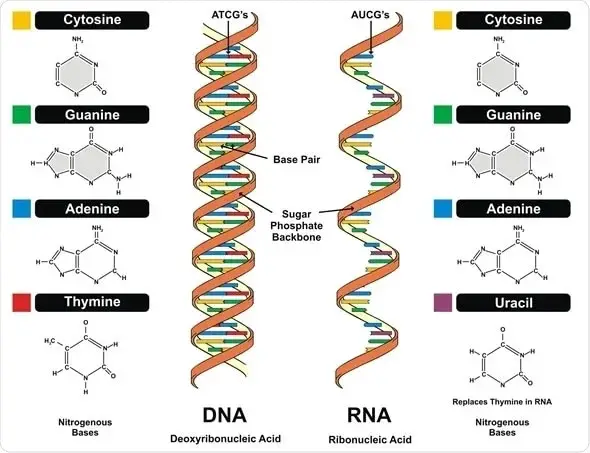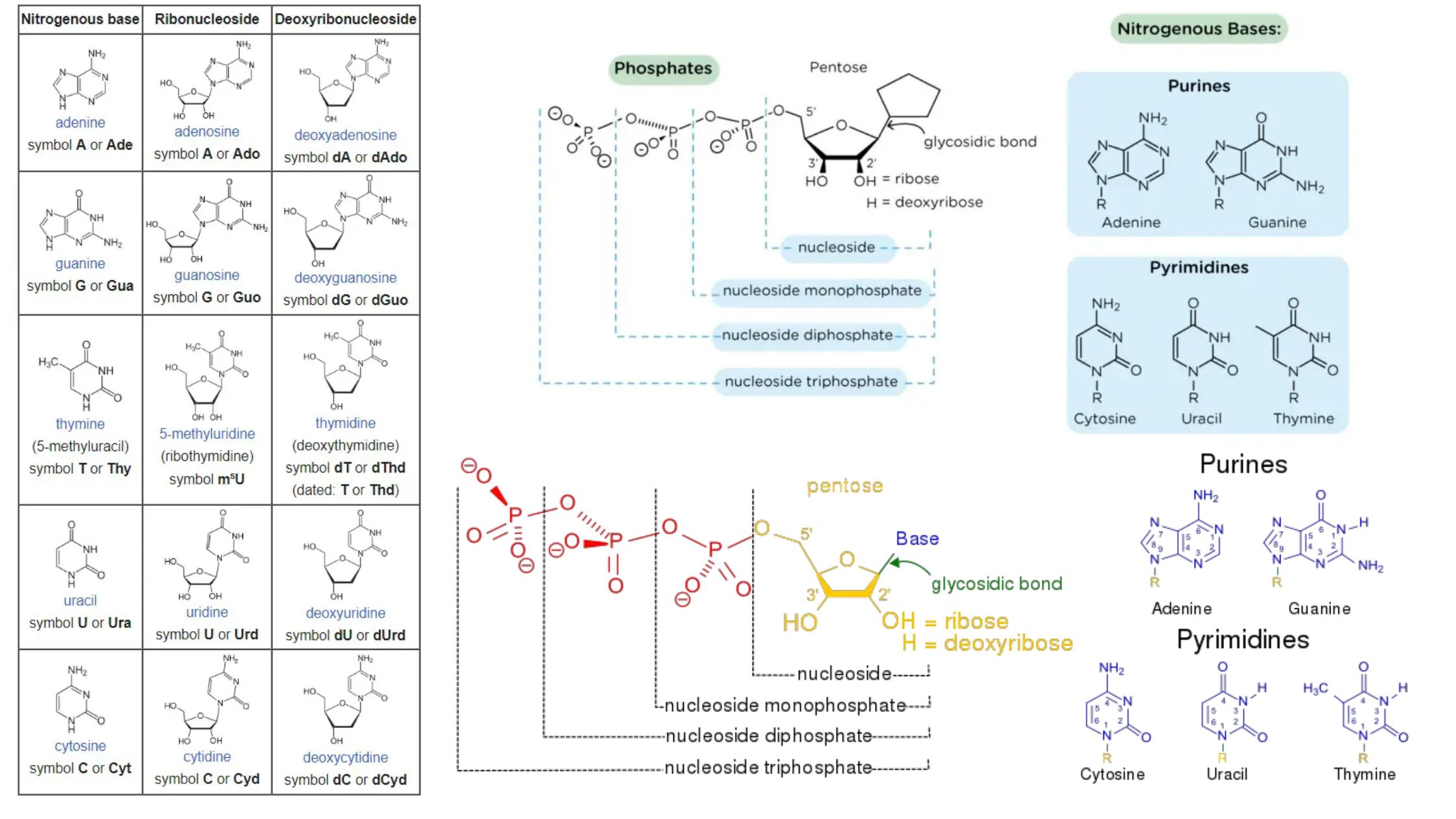Interphase – Definition, Stages, Control, Importance
What is Interphase? Definition of Interphase Interphase is the phase in the eukaryotic cell cycle during which the cell grows, replicates its DNA, and prepares for cell division, encompassing the G1, S, and G2 sub-stages. Stages of Interphase 1. Gap 1 2. Synthesis In summation, the Synthesis phase is a critical juncture in the cell … Read more
